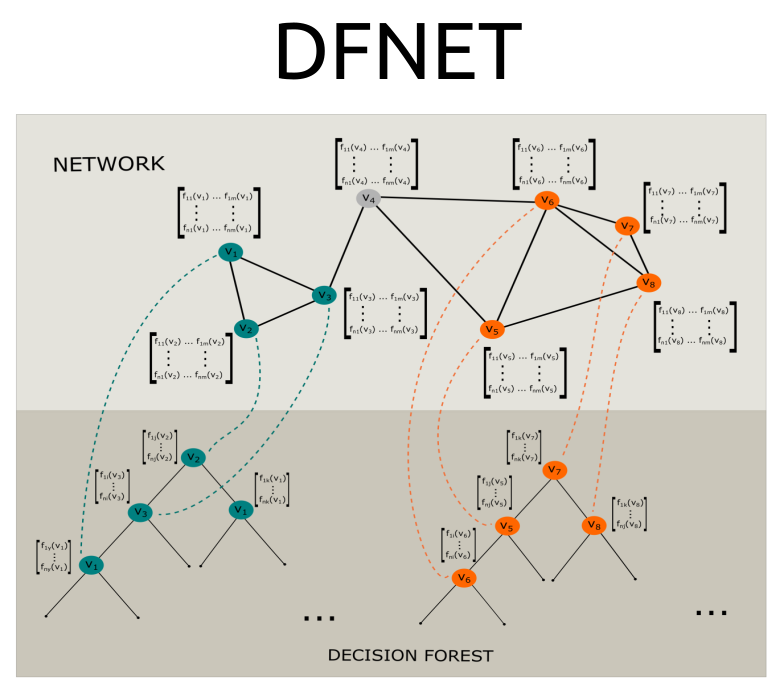Graph-guided random forest for gene set selection
Machine learning methods can detect complex relationships between variables, but usually do not exploit domain knowledge. This is a limitation because in many scientific disciplines, such as systems biology, domain knowledge is available in the form of graphs or networks, and its use can improve model performance. We need network-based algorithms that are versatile and applicable in many research areas. In this work, we demonstrate subnetwork detection based on multi-modal node features using a novel Greedy Decision Forest with inherent interpretability. The latter will be a crucial factor to retain experts and gain their trust in such algorithms. To demonstrate a concrete application example, we focus on bioinformatics, systems biology and particularly biomedicine, but the presented methodology is applicable in many other domains as well. Systems biology is a good example of a field in which statistical data-driven machine learning enables the analysis of large amounts of multi-modal biomedical data. This is important to reach the future goal of precision medicine, where the complexity of patients is modeled on a system level to best tailor medical decisions, health practices and therapies to the individual patient. Our proposed approach can help to uncover disease-causing network modules from multi-omics data to better understand complex diseases such as cancer.
PDF Abstract